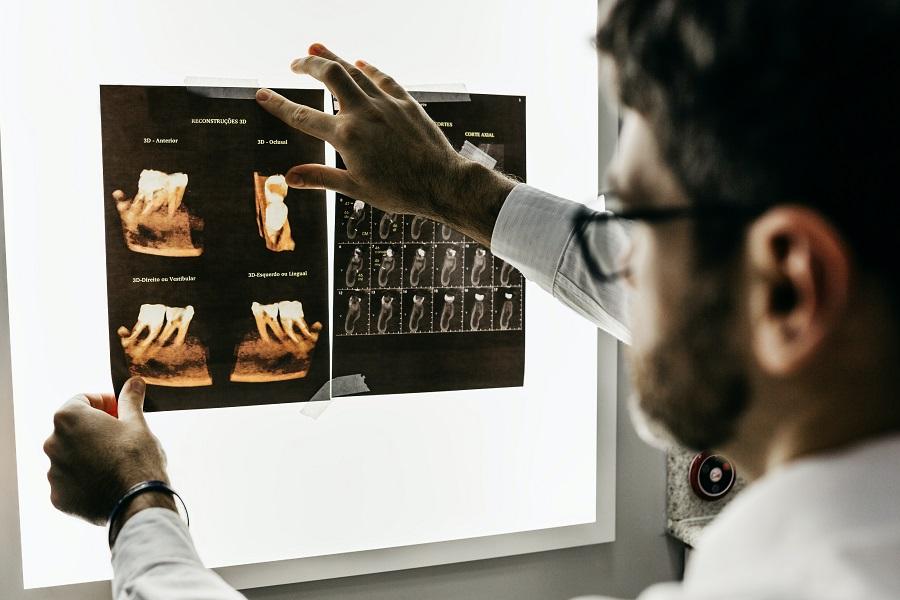This article explores the science of how braces straighten crooked teeth and enhance the general health, function, and aesthetics of the teeth and jaws. We examine the many braces that are currently on the market and offer advice on how to pick the best braces for your individual requirements.
Braces are orthodontic devices that are used to realign the jaw and teeth. They are made up of brackets, wires, and bands that collectively apply pressure to the teeth in order to move them into their proper locations. But how do braces function and why are they such a successful orthodontic treatment tool? In this article, we'll examine the science behind braces in more detail and examine the many kinds of braces that are currently on the market.
What Causes Misaligned Teeth?
A number of things, including thumb sucking, injury, genetics, and poor nutrition, can result in misaligned teeth. Due to the size and form of the mouth, teeth can occasionally simply grow in incorrectly or too closely together. Misaligned teeth can result in a variety of problems, including trouble breathing, speaking, and even chewing.
The goal of orthodontic therapy with braces is to address these problems and enhance the general health, function, and aesthetics of the teeth and jaws. But how precisely do braces function?
The Science Behind Braces
In essence, braces function by applying pressure to the teeth, which gradually moves them into their proper locations. Brackets, wires, and bands are used to exert this pressure in a regulated manner, which is how this is accomplished.
Brackets are tiny squares made of metal or ceramic that are secured to the teeth's surface using a specific glue. The wires that pass through these brackets use them as anchor points.
Wires are the main component of braces, and they are responsible for actually moving the teeth. These wires are made of a special type of metal alloy that has shape memory, meaning that it can be bent into a specific shape but will always return to its original shape when released.
To secure the wires in position, metal rings called bands are wrapped around the molars. These bands are attached to the teeth with the help of a specialized adhesive and are constructed of a sturdy metal alloy.
The wires are purposefully bent out of shape when braces are first applied to produce tension. The brackets and, consequently, the teeth are put under pressure as the wires attempt to revert to their original shape. Over time, this pressure gradually shifts the teeth into their proper locations.
Types of Braces
Today, there are numerous types of braces available, each with its own set of advantages and disadvantages. The following are some of the most popular kinds of braces:
Traditional Braces
The most popular type of braces, traditional braces are made up of metal brackets, wires, and bands. They are frequently used on toddlers and teenagers and are the most efficient type of braces for treating severe orthodontic disorders.
Ceramic Braces
Contrary to conventional braces, ceramic braces have brackets constructed of a clear or tooth-colored ceramic substance. They are a popular choice for individuals who are self-conscious about their appearance because they are less obvious than conventional braces.
Lingual Braces
Similar to conventional braces, lingual braces fasten the brackets to the back of the teeth rather than the front. Although they are essentially invisible as a result, they can be more challenging to maintain and clean.
Self-Ligating Braces
Self-ligating braces are comparable to conventional braces, however, they don't require bands because they use a unique bracket. Because of this, they are more hygienic and pleasant than conventional braces, and they can frequently shorten treatment times.
Clear Aligners
Instead of using metal brackets and wires to gently reposition the teeth, clear aligners are a well-liked alternative. Although they may be taken out for eating and brushing and are essentially unnoticeable, they might not be as helpful at treating severe orthodontic problems.
How to Choose the Best Braces for You
There are a number of things to take into account when selecting the best braces for you or your child, including the seriousness of the orthodontic problem, individual preferences, and lifestyle considerations. Together, you and your orthodontist will decide on the best course of action and kind of braces for your unique situation.
It's crucial to understand that braces-based orthodontic treatment is not a one-size-fits-all procedure, and that treatment timeframes might vary depending on the complexity of the problem and other elements. In order to avoid tooth decay and other dental problems, it's crucial to practice good oral hygiene while receiving orthodontic treatment.
Today, there are alternatives to conventional orthodontic treatment with braces, like clear aligners and lingual braces. Those who might feel self-conscious about sporting conventional braces may find these solutions particularly alluring.
In the end, deciding whether to have braces for orthodontic treatment is a personal choice, so it's critical to weigh all options. Consult with an orthodontist to decide the best course of action if you or your child has problems with crooked teeth or misaligned jaws.
